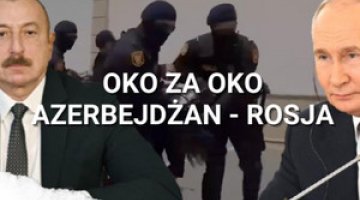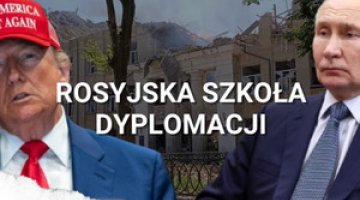Attacks on journalists in Russia
In Moscow on the night of 5-6 November, Oleg Kashin, a journalist for the influential daily Kommersant, who specialised in socio-political subjects, was severely beaten. This incident was condemned by President Dmitri Medvedev, and the media (including television channels close to the government) examined selected cases of attacks on journalists in recent years. It seems that these issues are being used by the government to accelerate changes to the ruling team in the Moscow area.
The assumed motives for the attack which are emerging in the Russian press include Kashin’s dispute with the youth wing of the United Russia party, which has declared he should be “punished” for his critical reports; Kashin’s conflict with the Governor of the Pskov region Andrei Turchak, whom he offended on his blog; and Kashin’s publications on the defence of the Khimki forest near Moscow (he had followed the dispute between the forest’s defenders and the local administration). The Investigative Committee has begun an investigation into the attack on Kashin, and President Medvedev has announced amendments to the criminal code toughening penalties for attacks on journalists. Attacks like these have also been reported by television stations close to the government (such as NTV and 1-Kanal), which raised numerous cases of attacks on journalists in Khimki (these topics had previously not been discussed on air). The TV stations have placed the responsibility for those incidents on the head of the local administration, Vladimir Strelchenko. Such high profile official interest in the attacks on journalists seems to have been brought about by the authorities’ concern about the possible negative consequences for Russia’s international image. It may also be used to accelerate the replacement of the top officials in the Moscow region, to wit the expected dismissal of Strelchenko, and possibly also his political patron, the Governor of the Moscow region, General Boris Gromov. <JR>





